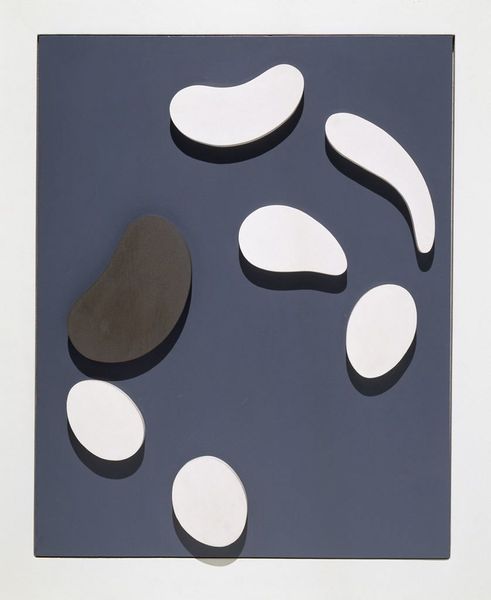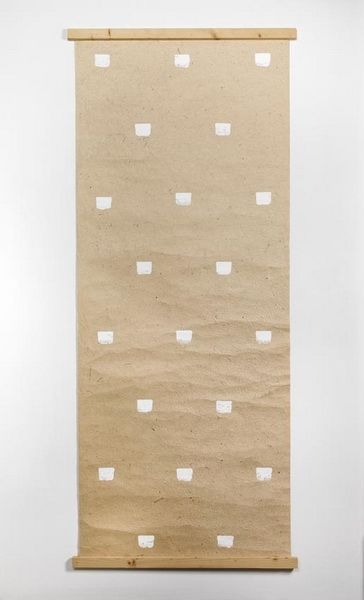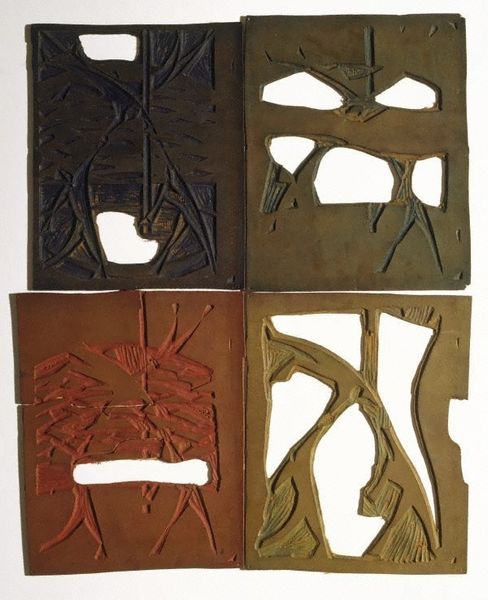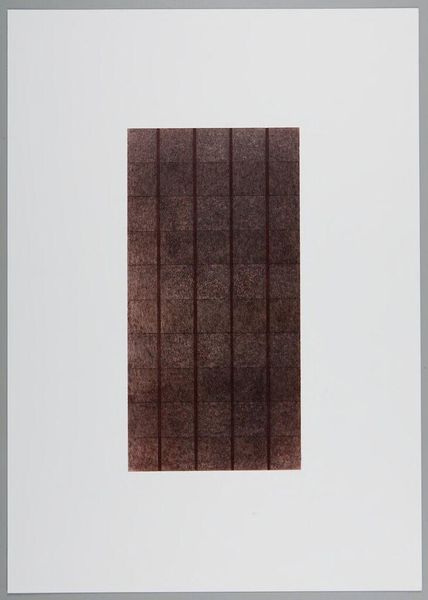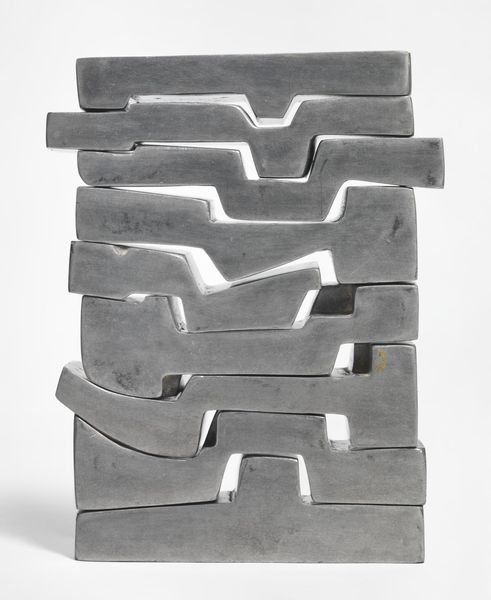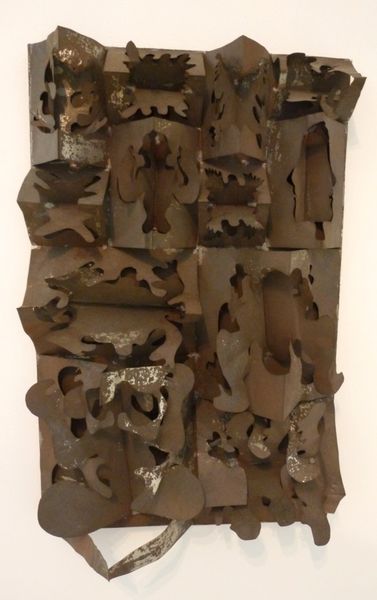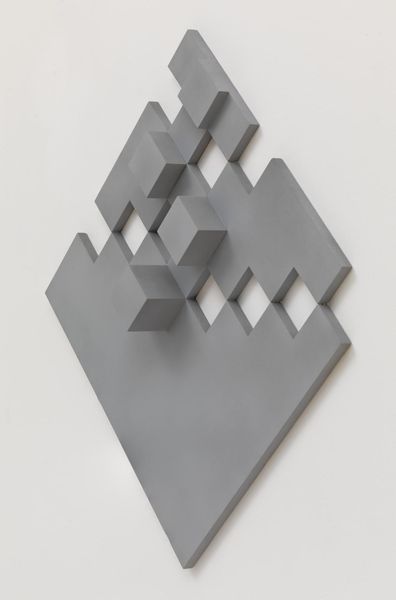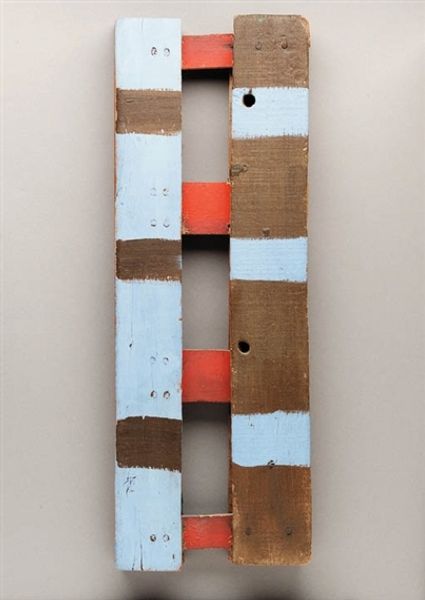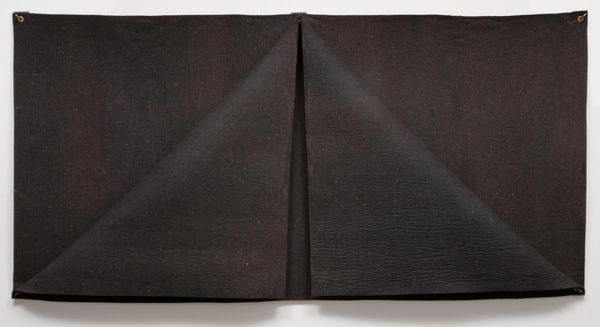
Dimensions: top: 16.2 Ã 15.1 Ã 12.1 cm (6 3/8 Ã 5 15/16 Ã 4 3/4 in.) bottom: 30 Ã 19.1 Ã 10 cm (11 13/16 Ã 7 1/2 Ã 3 15/16 in.)
Copyright: CC0 1.0
Editor: Here we have Arlene Shechet's "Bottger Bear Pair," a curious sculpture housed here at Harvard. It looks like two fragments of molds, and the rough surfaces give it a raw, industrial feel. What strikes you most about its form? Curator: The "Bottger Bear Pair" presents a fascinating study in negative space and surface texture. Note how the artist manipulates the material to reveal the absence of form, drawing attention to the inherent qualities of the mold itself. Consider the interplay between the smooth, cylindrical impressions and the rough, fragmented edges. Do you perceive a tension between representation and abstraction? Editor: I do see that tension. It's like Shechet is highlighting the process of creation rather than the final product. Curator: Precisely. The artist directs our gaze toward the materiality of the sculpture and the conceptual framework that underpins it. The formal elements—shape, volume, and surface—become the primary subject. Editor: It makes you think differently about what sculpture can be. Curator: Indeed, it prompts us to reconsider the very definition of form and its relationship to process.
Comments
No comments
Be the first to comment and join the conversation on the ultimate creative platform.

